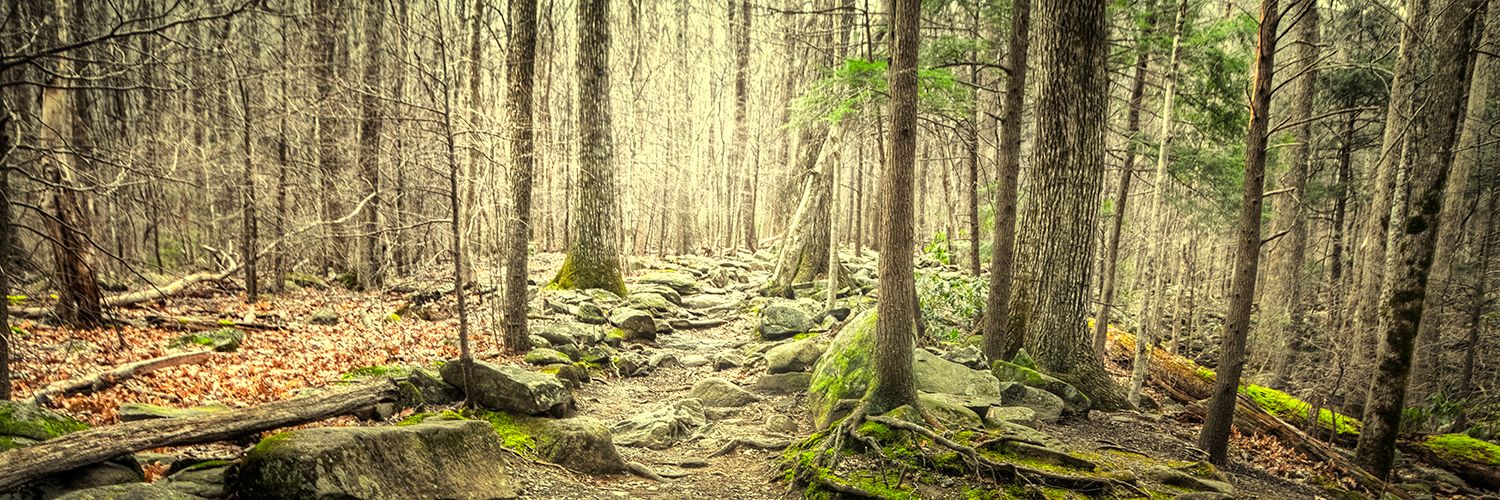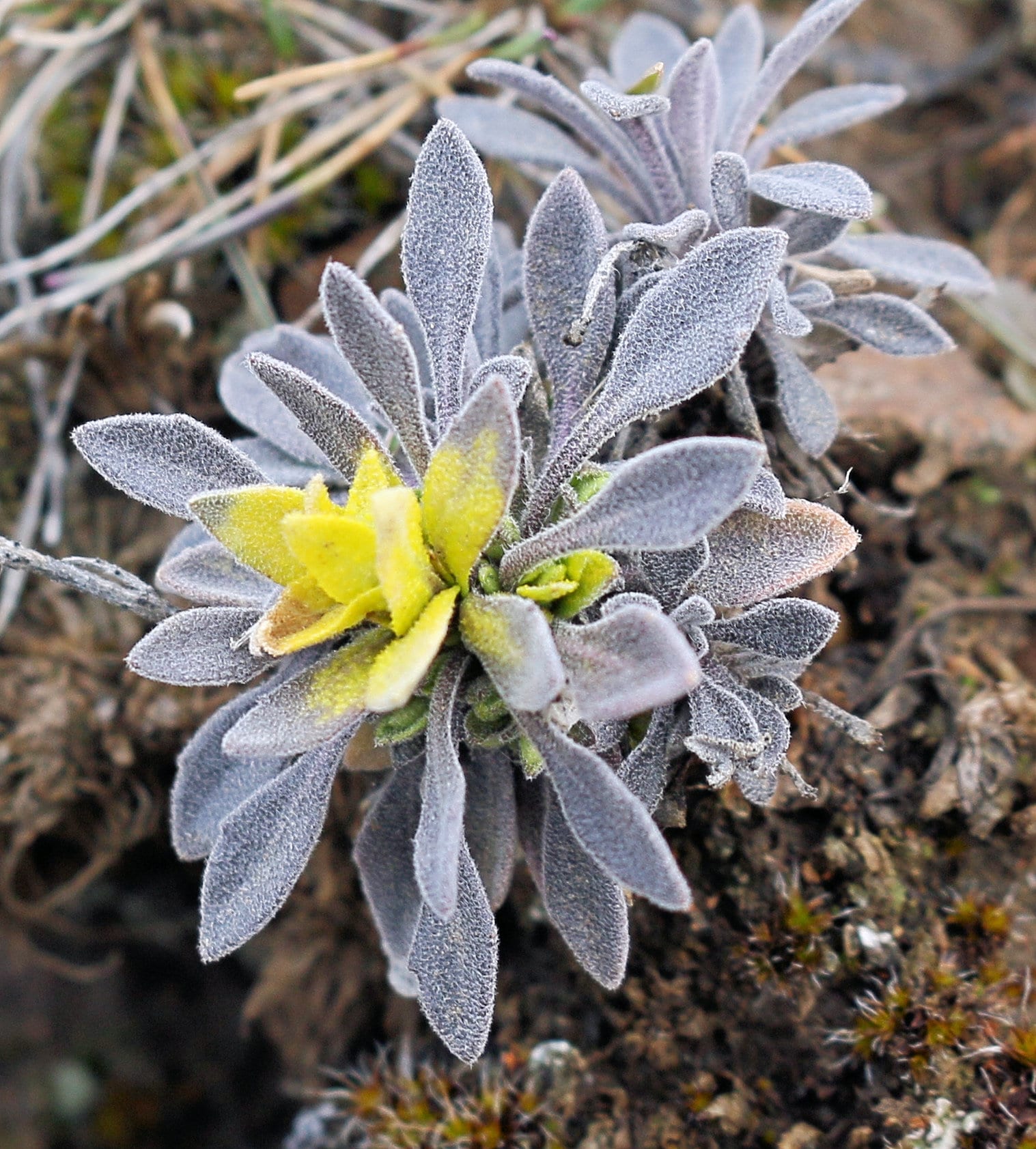POP QUIZ: What do these Two Plants Have in Common?
It’s pretty easy to spot differences between these two plants – one has yellow flowers, one has white flowers. One is squat, the other is tall. But what do these plants have in common? What if I were to tell you that these are the same plant?
That’s right, folks! The same plant. That is, the same species. So why do they look so different?
Let’s have a look at the yellow plant. I must admit, I lied earlier – if you look closely, you can see that this plant has no flowers at all, just yellow-coloured leaves! Why? This plant has been hijacked – taken over by a fungal parasite, a “rust” called Puccinia monoica.
The fungus penetrates the stem of the plant and steals nutrients as a way to make a living. When it comes time to reproduce, the fungus needs to send its “spermatia” out into the world. To do so, the fungus sterilizes its host plant, preventing it from flowering.
Instead of producing its own flowers, the plant is forced to grow pseudoflowers – bright yellow, sweet-smelling clusters of leaves covered in “spermatia”. Do these pseudoflowers remind you of another early arrival to the Kamloops grasslands? . . .
Yep! Sagebrush buttercup flowers around the same time as these fungal pseudoflowers, and for good reason. The pseudoflowers are actually mimicking real flowers: they are attractive (reflecting both visible and UV radiation!), they smell great, AND the fungus forces the host plant to produce nectar, which bees feed on! Insect pollinators visit the pseudoflowers, pick up the fungus’ “spermatia”, and pass it on to receptive hyphae on other infected mustard plants throughout the grassland.
In the photo above, you can see a dangling suncress (Boechera retrofracta) plant that has been partially infected by the Puccinia monoica fungus. None of the yellow bits will be able to produce flowers on behalf of the plant. But, maybe the elongating part that is still green has a chance at producing some flowers. And if it does, the resulting flowers will look something like this . . .

Don’t worry about the pretty plant, though. Parasitism is a normal part of life. Generally, both the host plant (a mustard, often Boechera/Arabis) and the fungus are able to produce enough offspring to survive. I won’t get into the complicated life history of the fungus – it’s got a lot going on, and I definitely don’t understand it! Just know that Puccinia monoica has an alternate host plant it infects at another point in its life, and that plant must be a grass (specifically, Koeleria, Trisetum, or Stipa).
This fascinating drama will be happening in a grassland near you soon, Kamloops. Keeps your eyes peeled – if it doesn’t look like a buttercup, it might be a fungus!
Thanks to Stephen Walker, Ray Coupé, and B. A. Roy for offering your insights on the subject!
All photos by the author, taken in the Dallas-Barnhartvale Nature Park, Kamloops, BC, with the exception of the second photo, which is from the dirt bike trails past the golf course on the Barnhartvale Road (heading to Monte Lake).






Good article, Vanessa. I noticed that the arabis was prolific last year in the Lower Batchelor Hills too. They appeared right after the buttercups. Thanks!

Cool photo! You know, a lot of these plants have star-shaped hairs under a microscope, which I quite appreciate. I have a feeling that these plants do better when the grassland is overgrazed or somewhat disturbed, but that is just a guess.
Perhaps worth pointing out that this species usually produces its own genuine flowers in April, while these yellow pseudo-flowers often appear early in March, along with sagebrush buttercups & yellowbells, as you say. Everything will be a bit delayed this year: not much of March left!
True that Paul, good point. This time last year at DBHV Park, buttercups were up, the tiniest Boechera/Arabis species were flowering already, and the Saxifraga nidifica var. nidifica were about to push up their flowerheads. And this fungus was out too. This time two years ago, the yellowbells were out and the shootingstars were about to flower.
Tonight I checked out the DBHV Park – down on the last bench above the silt cliffs and the highway, Thompson’s paintbrush leaves are a centimetre or two above the surface (all red), and a few Mariposa lilies have extended that first slender finger. The bunchgrass stubble is pushing green out – looks like it benefited from the rain. It’s all about to take off!
Lots of year-to-year variation in onset of spring around here, all right! In 2016, I logged my first sagebrush buttercup on 8 February!
Today (Monday) I found an emerging Comandra.
Cool! I’m thankful I didn’t start school after 2016 – that was a great early spring! I haven’t spent a summer here yet, so I’ve haven’t seen this plant community through a proper growing season yet! Your plant guide is a huge help.
Glad to know it’s been useful, thanks!